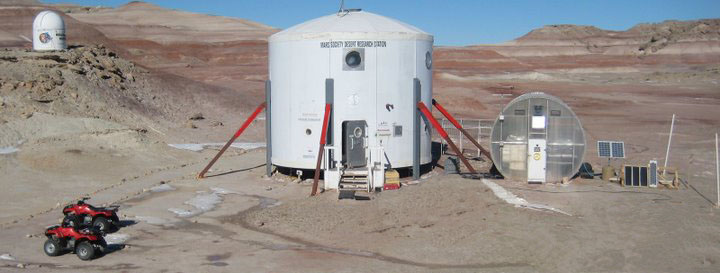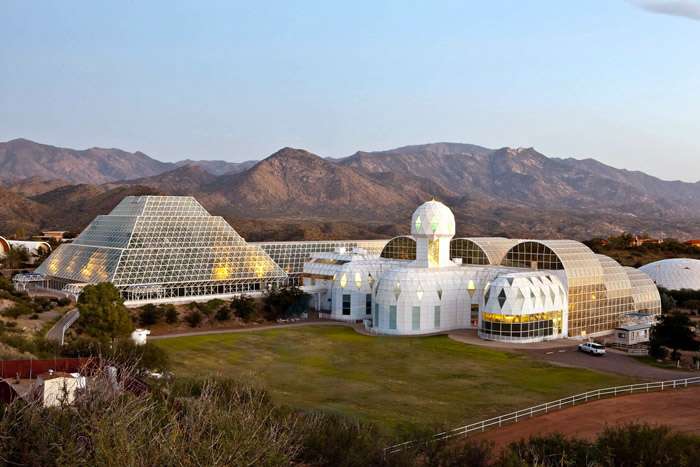= ASTRONAUTICAL EVOLUTION =
Issue 162, 12 December 2021 – 52nd Apollo Anniversary Year
| Site home | Chronological index | Subject index | About AE |
This post is also available on Wordpress
Questions for Human Analogue Simulators of Mars
Next April the Mars Society is holding a Conference on Human Analogue Space Missions at the University of Cambridge, or CHASM for short.
I’ve been told that, since I’ve not been involved personally in any analogue missions, I won’t be invited. So I propose instead to hold a rival conference in Oxford, entitled “Questions for Human Analogue Simulators of Mars”, or QHASM (pronounced: kya-hazzum).
Anyone who’d like to join me that weekend is welcome to do so. We’ll find a venue in some suitably scholarly institution (such as the King’s Arms, the Rose & Crown or the Turf Tavern). The agenda will be as follows.
The context
If present-day industrial human civilisation is to avoid the several global-scale existential risks that threaten it with decline and fall, it must continue to grow.
In order to grow, it must now begin the process of extraterrestrial colonisation, starting on Mars.
And in order to achieve that, there needs to be a demonstration on Earth that a remote, isolated, high-tech desert settlement is a workable and sustainable proposition – this even before tackling the Mars-specific features of low air pressure and gravity, high radiation, limited access and so on.
Complex systems can only be made to work through a process of incremental development. An isolated desert settlement can therefore only be successful after sustained work which encompasses all the relevant aspects – engineering, architectural, logistical, financial, organisational, biological, ecological, culinary, political and others.
If a remote desert settlement cannot be demonstrated on Earth – where transport costs are within thousands of pounds per person; access is possible all year round; communications are near-instantaneous; the surface chemistry, geology and gravity are familiar; and breathable air and liquid water are naturally available – then it is not credible that it will succeed on Mars – where, in addition to all the regular challenges that such a project must face, the transport costs reach or exceed millions of pounds per person; access is limited to brief opportunities at two-year intervals; real-time conversational communications with the originating civilisation are impossible; the surface chemistry, geology and gravity are unearthly; and all breathable air and liquid water must be artificially prepared and hermetically sealed off from the surrounding natural environment.
The most ambitious project yet designed to approach that demonstration – the Biosphere 2 mission of 1991-93 – was more fruitful in highlighting problems than in developing solutions. Yet its achievement in supporting eight people for two full years in a fair approximation to material isolation from Earth’s biosphere remains unparallelled. It is lamentable that no further progress on practical work in self-sufficient remote desert settlements has been made in the thirty years since the airlock door closed on the eight biospherians on 26 September 1991.
With SpaceX making great strides towards building an Earth-Mars transport system, but nobody yet in sight ready and funded to build the Mars settlement that system is supposed to support, we need to ask some searching questions of existing and future Mars analogue experiments.
Ten questions
- What plans are there to develop existing temporary Mars analogue research stations, occupied by teams which typically stay for a few weeks or months, into permanent research settlements, occupied by permanent residents all year round?
(The longest sojourn at the Mars Desert Research Station in Utah so far appears to be that of Crew 11 in 2007, at 100 days; Hi-SEAS had a one-year mission in 2015-16; the ESA-Russia-China Mars-500 experiment in Moscow supported a crew of 6 for 520 days; in none of these cases was permanence attempted. The Mars Society’s original station at Devon Island appears to have been left unmanned since August 2017; Hi-SEAS has been inactive since early 2018.) - What development paths are required for local self-sufficiency in food? Closing the cycle between human toilet wastes and fresh foodstuffs is a prime goal both for a serious Mars colony, and for maintaining a high population in a clean environment on Earth.
(Note the words “development path”: an incremental approach to the problem, rather than the all-or-nothing approach of Biosphere 2. Starting from total reliance on imported foodstuffs, there needs to be a programme of progressively developing self-sufficiency over ten years or so.) - What development paths are required for local self-sufficiency in energy supply? The source need not be the same in Earth desert locations as on Mars, but in all such locations there is a basic need for energy independence using some combination of solar, geothermal and nuclear power.
- What development paths are required for local self-sufficiency in construction materials? One of the principal functions of any initial desert settlement on Earth or Mars will be to build a bigger settlement. They will have in common access to rocks that have not been enriched in comparison with the terrestrial ores that have been used in the past, and will therefore require more ingenuity and more energy in order to extract useful materials.
- What development paths are required for temporary explorers to settle down in a remote desert settlement as permanent residents, raise a family, educate the next generation and finally retire there?
- What growth rates are possible, and to what extent can children born in the colony and immigrants from outside be provided with new infrastructure, for accommodation and jobs, from local resources? This is clearly a critical question for anyone, such as SpaceX, developing transport links.
- How can innovations for sustainable living – notably recycling of biological and manufactured wastes – be marketed in mainstream society on Earth – not as spinoff, but as parallel development?
- What would be the political and economic organisation of a successful remote desert settlement as its population rises from a handful of individuals to dozens, hundreds, thousands and more? Military-style socialist central planning, or a civilian free market and a money economy? – presumably a gradual transition from the first to the second, but how would it be managed, and how would the initial leaders of a small group of people be persuaded to relax their grip on power as numbers grew?
- How can the interaction between a remote desert settlement and the general public be managed to maximise public support, education and engagement? And how especially can it revive the dual Earth/Mars vision that inspired Biosphere 2?
- Perhaps all the questions above reduce in their essence to a single one: Have we yet found the right business model to support the exponential growth of remote desert settlements?
Dennis Cooke wrote in 1971: “future efforts to construct a life support system by miniaturizing the biosphere and determining the minimum ecosystem for humankind is a goal that is as important for the quality of human life on Earth as it is for the successful exploration of the planets.” This is the dual vision that needs to be taken much further than it has so far.
I’ll have some more to say about the tasks awaiting explorers on Mars in my next post.
Reference
Dennis Cooke was writing in Eugene Odum’s Fundamentals of Ecology. Quote taken from Jane Poynter’s highly readable account of her Biosphere 2 experience, The Human Experiment (2006; Basic Books, 2009), p.62-63.
| Site home | Chronological index | About AE |

